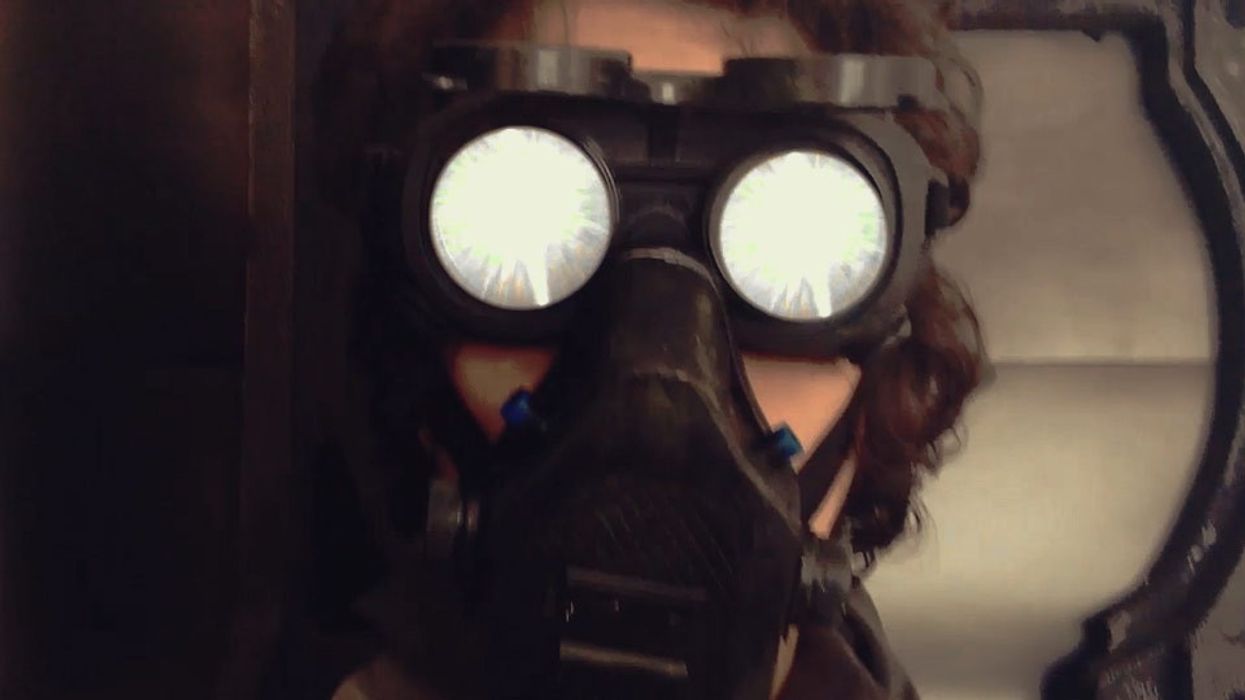Here's How You Can Learn to Make a Movie (By Making a Movie)
This no-budget fantasy short teaches us that one man's trash is another man's spaceship.

The Gapvoid is a short fantasy film that follows Black, an intergalactic smuggler who gets into trouble while delivering a very special order.
Brazilian filmmaker Gio Vieira set three rules for himself when he ventured out to create the Gapvoid—make the film entirely on his own, use practical effects, and find music that's free of copyright. The idea was for Viera to force himself into a place where his creativity would flourish. Vieira used a variety of filmmaking techniques to bring the project together, including photography, stop-motion animation, green screen, miniatures, and illustrations.
The miniatures are one of the most fascinating aspects of this film. To create Black's spaceship, Vieira used two plastic models—a battle tank and an F16 fighter jet—which he mashed together and gave a detailed paint job.
After creating the hero's ship, Vieira had a few pieces left over from the F16 model. He used these along with lollipop sticks, old computer parts, and a few other items to create the villain's ship.
Vieira didn't have a proper camera, so he shot the film on an iPad Air using a $6 app called MoviePro, which gave him better control over the ISO, exposure, and framerate. Stop-motion animation was used to bring the machine gun to life, while the Gapvoid's lightning and Black's turbine were hand-drawn and animated frame by frame. He also took a photograph of his car engine which is composited into various shots. Each of these disparate elements of the film were brought together using the Adobe Creative Cloud suite of programs.
If this doesn't inspire you to run out and make your own low-budget short, then I don't know what will.
What do you think? What's your favorite scene from the Gapvoid? Check out all of the behind the scenes goodies on Vieira's website.
















